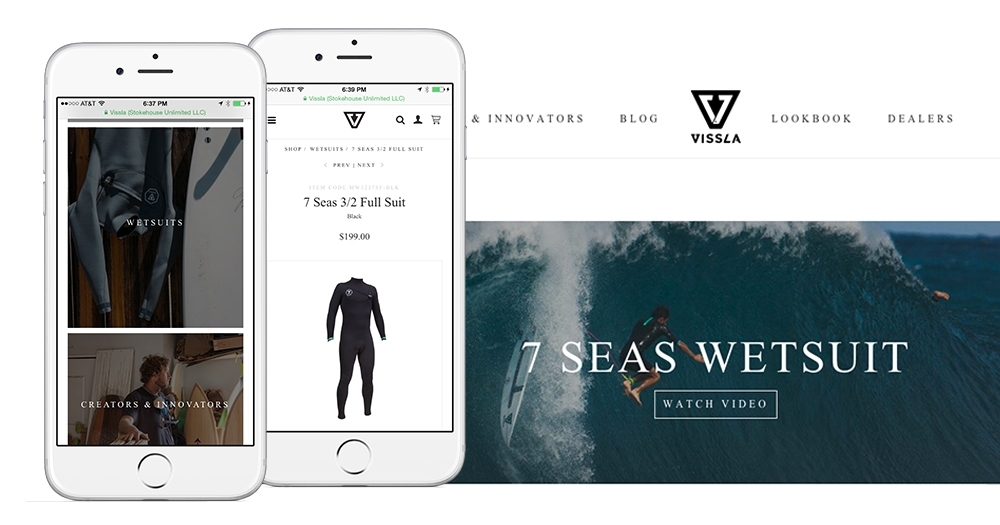
User experience design for ecommerce over the past several years has honed in on the big question that companies have seen as critical to driving online sales revenue: how do you expedite the buying process?
UX designers have become laser-focused on the details of moving shoppers from the product page through checkout in minutes using tricks of the trade like auto-fill form fields, progress bars, and super-simple payment interfaces. This emphasis on user-friendly ecommerce design has been good for the customer and the retail industries alike: Smart Insights research shows steady, year-over-year increases in conversion rates on all devices for ecommerce companies.
Yet in many organizations, where the goal is to swiftly usher people from point A to point B, we are in danger of losing the “others” — the people who aren’t there to buy just yet. They may be window-shopping or browsing for gift ideas. They may be brand loyalists who popped over to see what your new collection looks like, to keep tabs on upcoming sales or to check out your blog. With these shoppers, ecommerce companies are losing out on a tremendous opportunity to engage these visitors through brand storytelling. This is especially true for companies where their brand is key to their business like consumer product manufacturers. Their site might be the first step in a long relationship with a customer vs. just a single transaction. The fact is, the majority of your site visitors aren't ready to buy right this moment.
We know that every buying experience is a journey. Some journeys are shorter than others, when the shopper buys on impulse or knows exactly what they are looking for. Most journeys involve several stages, which are difficult for retailers to track:
1. The idea or need arises
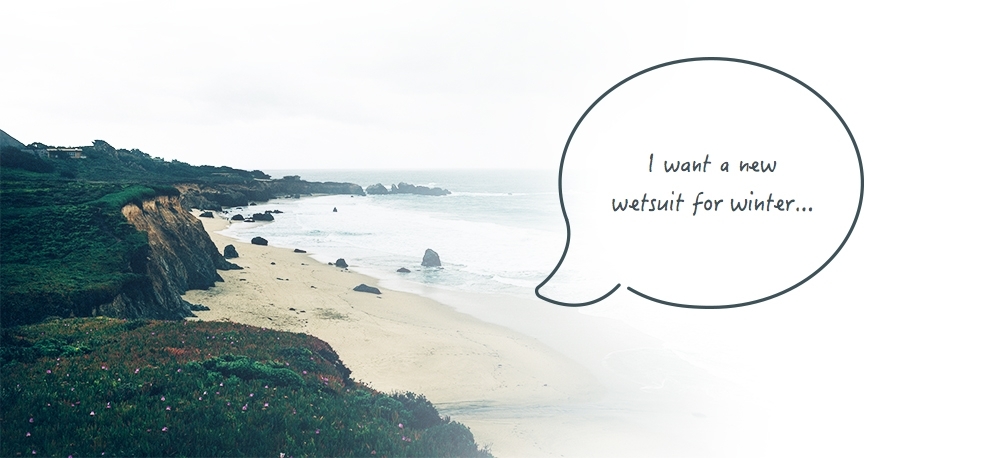
2. The shopper indulges their curiosity
They check out a few wetsuit brands, do a price check on different sites, and form an idea about the suit they want to buy. But not just yet.
3. They (the shopper) seeks input.
They might create a Pinterest board of wetsuits they like. Then maybe they'll check out the brands team surfers use. Maybe they'll ask their friends who surf what they're using. In a recent research study, Shopify.com partnered with Pinterest to learn that 93% of shoppers use Pinterest to plan purchases while 96% use Pinterest to gather product information.
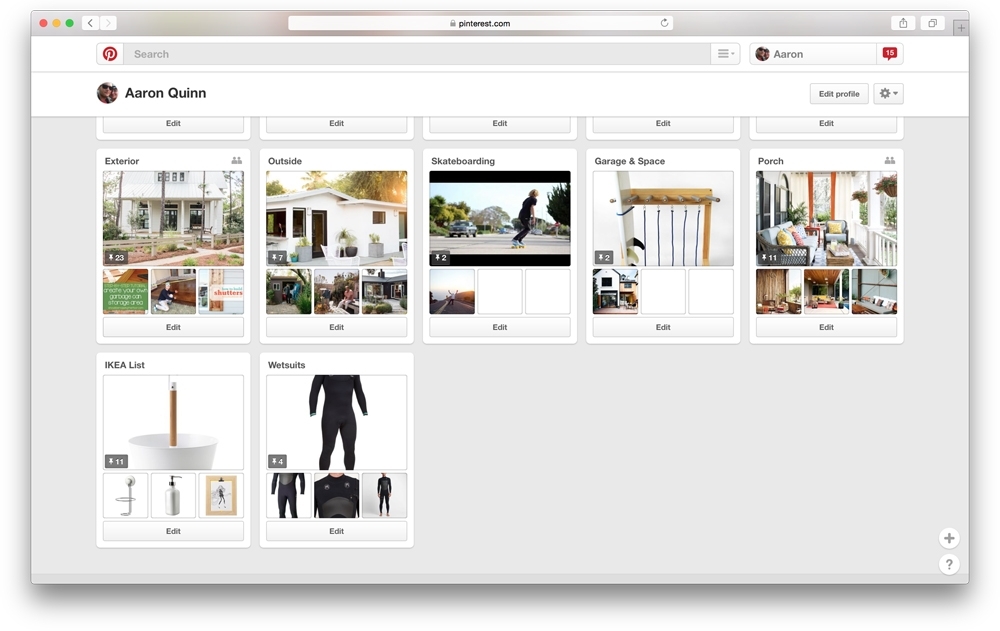
4. The flirtation with the product continues.
While browsing products they might follow the brand on Instagram and see other products that pique their interest. They've left the purely customer identity behind and have shifted into more of a brand fan AND customer role. Now that clickable links are available on Instagram, the already impressive rate of site visits from the app will only increase. To give more context, Instagram is generating higher average orders than Facebook, Pinterest, and Twitter. This is especially impressive considering the only clickable links n Instagram are those in profile bio's. Although, Instagram recently announced the release of the "Shop Now" Button, which will allow brands to create a better shopping experience for Instagram users.
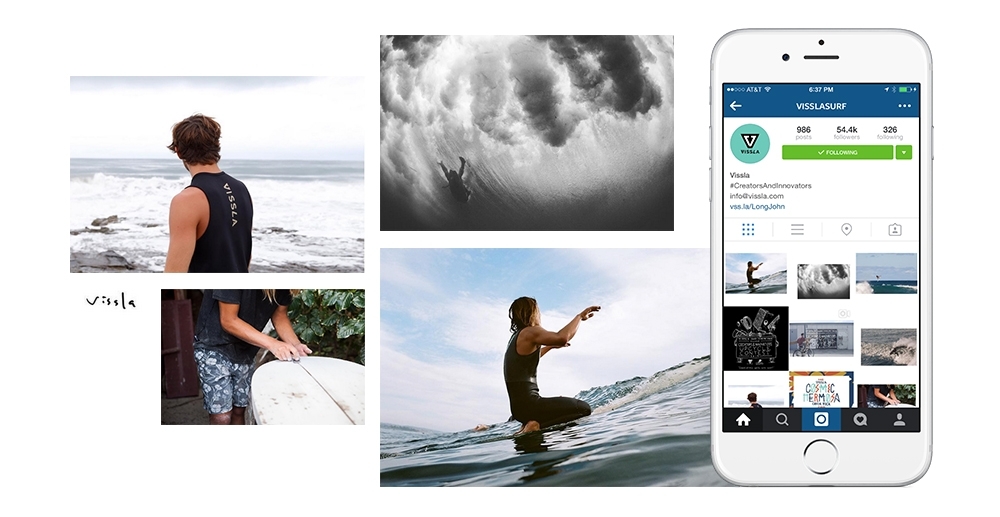
5. At this point, the shopper's interest in the product is either strong enough to move forward with the purchase, or has faded and they are on to something else.
The idea or need arises. The shopper indulges in curiosity and exploration, plays with ideas and options, seeks input from others. The journey may be a passive one — for a period of time, it may be more about playing, experimenting, wishing, and wasting time than it is about actual “shopping.” Brands can feed that playfulness and keep shoppers coming back, so when they do finally make the decision to buy, they are fully engaged and confident in their purchase. Community style site, Polyvore provides shoppers with yet another outlet to not only explore brands but make the decision to purchase, with the site having the highest average order rate ahead of Facebook, Pinterest and Twitter.
Designing an immersive brand experience for Twelve South
At eHouse, we had a chance last year to work with a company for which brand story is everything. Twelve South makes beautifully designed, inventive accessories for Apple products. Their customers will be the first to tell you that they can't imagine their Apple products without the enhancement of Twelve South accessories. They complement the sleek and modern design of Mac, iPhone and iPad products, and make the experience of using them even better.
We were hired to help Twelve South carry its brand essence throughout its new website by representing the craftsmanship and cool factor of the products at every point in the experience. This involved everything from how we showed the products online, to how people could browse, explore, view and research offerings on the Twelve South site. Brand followers, we learned, may simply be coming to the site to see what’s new from Twelve South — what ingenious new products do they offer to make my Apple experience even sweeter? Therefore, we had to design a responsive brand site focused on showcasing the products in an immersive way while still providing a great ecommerce experience.
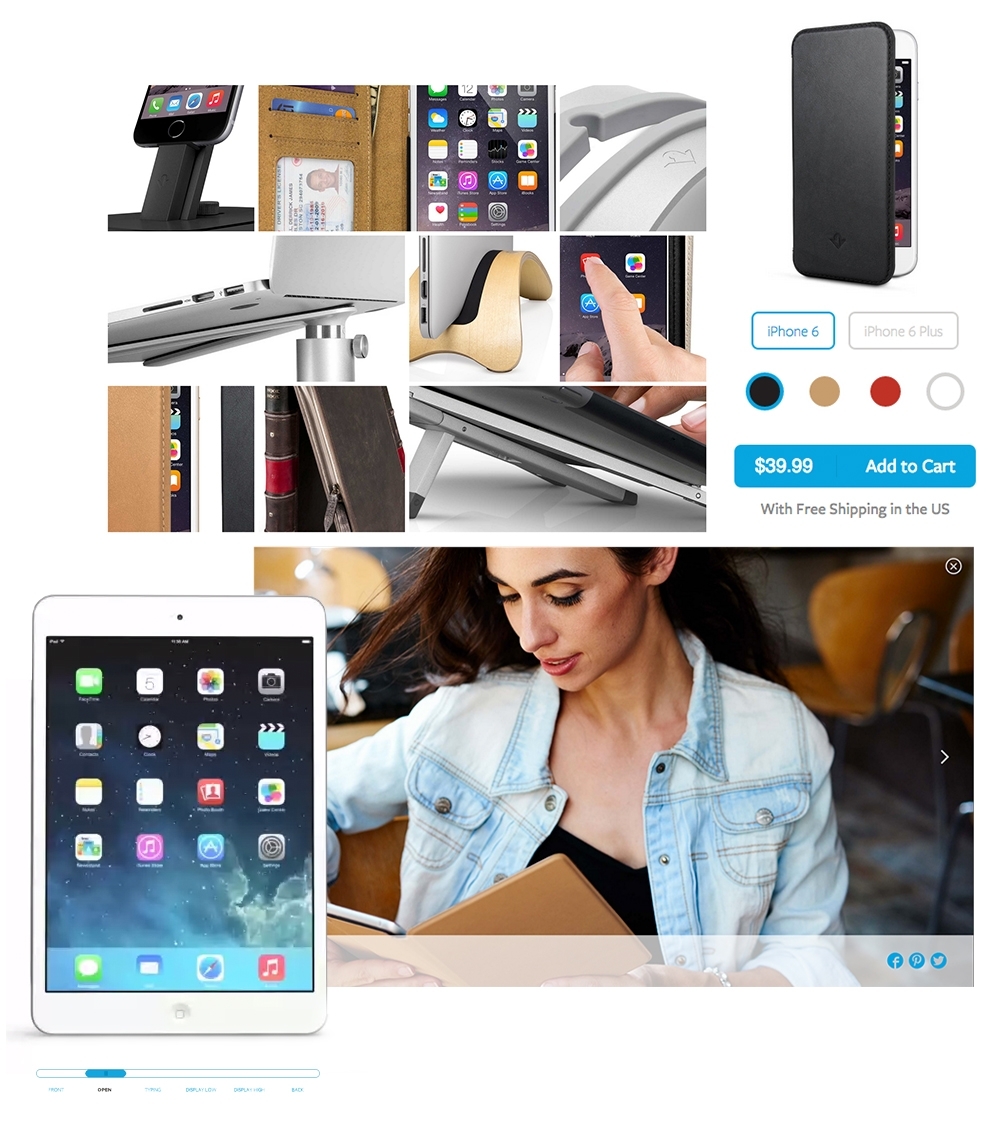
We have to remember that ecommerce is so much more than a series of transactions. In the same way that a retailer is telling a story with every choice they make in their brick-and-mortar space, an ecommerce retailer brings the brand to life online — and must communicate at every chance what the brand stands for and what its story means to shoppers. That story starts way before the sale, and carries through all the way to checkout and beyond.
—
Yates Jarvis
Yates, Managing Director, Client Solutions and Strategy, works alongside eHouse Studio's clients to design digital experiences at the intersection of brand, customer, and revenue gen strategies.
